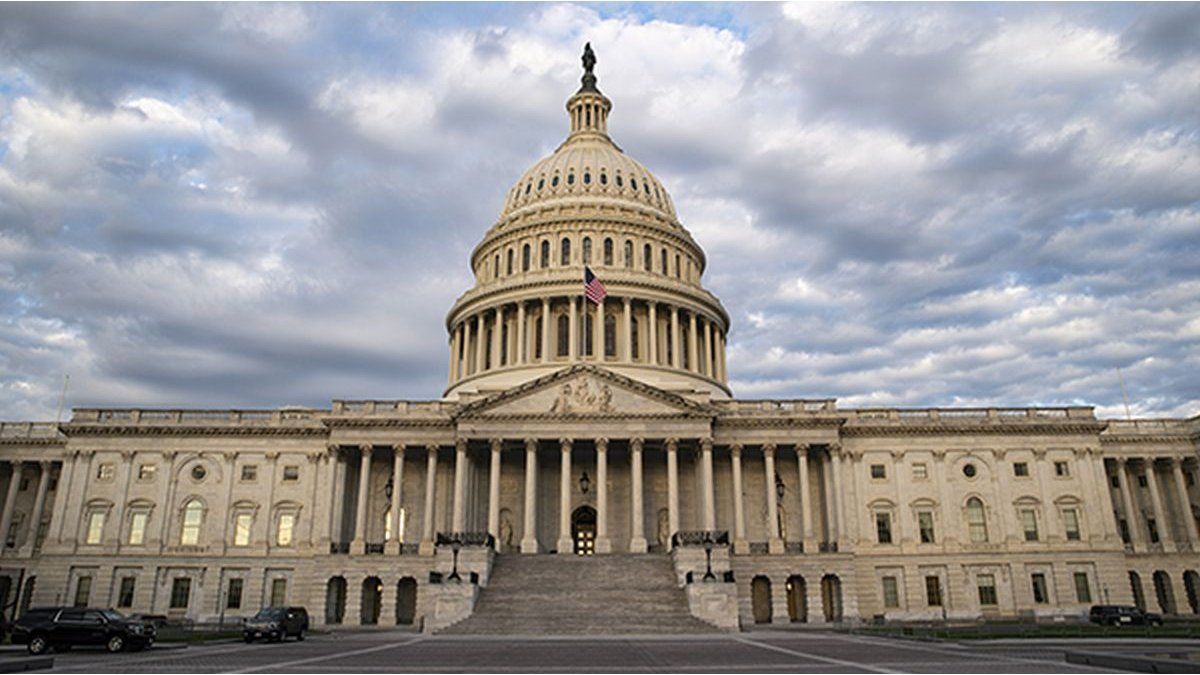In this framework, the S&P Merval of Argentine Stock Exchanges and Markets (BYMA) gained 1.3%, to 89,096 points, against a decline of 3.94% between Friday and Monday, driven by financial and energy papers.
The current international firmness of oil and wheat are shaking businesses with assets, operators agree.
Congress debated in committee the agreement reached last week with the Fund and that the administration of President Alberto Fernández intends to be approved quickly to avoid falling into a default on an amount of around 45,000 million dollars.
The mandatary it needs the support of opposition legislators, but also to convince the ruling bloc, where many deputies have shown their disagreement with the program agreed with the IMF.
Bonds and country risk
In fixed income, dollar-denominated bonds fell again, while the government sought support among legislators to endorse a debt restructuring agreement with the IMF, while the crisis between Russia and Ukraine continued to weaken international assets due to short-term economic mistrust.
In this framework of uncertaintythe debt in local dollars yielded up to 2.9% (Global 2041).
Thus, the Argentine country risk of the JP. Morgan bank rose seven basic points, to 1,978 units, against the intraday record of 1,991 points on Monday. This reference indicator had a start in the area of 1,083 points with its restructuring in September 2020, with the closing of another millionaire swap of sovereign debt held by private creditors for some 110,000 million dollars.
“The Congress thing is self-imposed by the Government, it is an Argentine decision that is creating much more noise,” said Claudio Loser, former representative of Argentina in the IMF.
If legislative endorsement is achieved, then the agreement must be approved by the board of the multilateral organization, all before March 22, when Argentina must face a capital payment of some 2,800 million dollars based on the current plan.
“The Government reached a new agreement with the IMF which, assuming it is approved by Congress, will lead to a gradual shift towards more market-friendly policies”consultancy Capital Economics said in a report.
“However, many of the economic assumptions underpinning the deal appear overly optimistic and mutually incompatible. This reinforces our long-standing view that, even with the Fund on board, Argentina faces another debt crisis in the coming years,” he added.
The agreement between the parties establishes a grace period of four and a half years and extends the disbursement payments to 10 years, so the country will begin to pay off the debt in 2026 and end in 2034.
Source: Ambito
David William is a talented author who has made a name for himself in the world of writing. He is a professional author who writes on a wide range of topics, from general interest to opinion news. David is currently working as a writer at 24 hours worlds where he brings his unique perspective and in-depth research to his articles, making them both informative and engaging.




